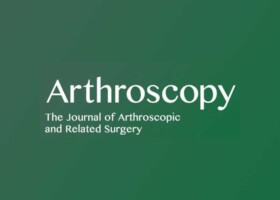
Authors:
J Christoph Katthagen, Daniel Cole Marchetti, Dimitri S Tahal, Travis Lee Turnbull, Peter J Millett
Abstract:
Symptomatic rotator cuff tears (RCTs) are common. Degenerative, nontraumatic RCTs result from multifactorial causes that are not fully understood. The scapular bony morphology, however, has been identified to play a major role in the formation of atraumatic RCTs. A large lateral acromion extension, as indicated by the acromion index, and an increased glenoid inclination are each associated with full-thickness RCTs. The critical shoulder angle (CSA) is a radiologic parameter that combines the measurements of inclination of the glenoid and the lateral extension of the acromion (the acromion index).6 A CSA greater than 35 is associated with RCTs, and a CSA smaller than 30 is associated with glenohumeral osteoarthritis. The "favorable" range of the CSA seems to exist between 30 and 35.
The effect a standard anterolateral acromioplasty has on the CSA is unknown, and the literature lacks potential techniques to reduce the CSA surgically. The aims of this study were therefore to investigate if (1) a standard anterolateral acromioplasty and (2) a lateral acromion resection alter the CSA without affecting the deltoid origin. It was hypothesized that a standard anterolateral acromioplasty alone would not significantly alter the CSA but an additional lateral acromion resection would and that both procedures could be executed without damaging the acromial deltoid attachment.
For the complete study: The Effects of Arthroscopic Lateral Acromioplasty on the Critical Shoulder Angle and the Anterolateral Deltoid Origin: An Anatomic Cadaveric Study
